On a Hawaiian Airlines flight from Los Angeles to Maui, passengers experienced a rare and unsettling moment Friday morning when their plane abruptly aborted takeoff at high speed before leaving the ground. The quick action by the pilots, triggered by an unexpected vibration, delayed travelers for hours, but kept safety as the top priority.
Eyewitness reports of the incident mentioned black smoke rising from beneath the plane as it slowly turned back on the runway. While this wasn’t the takeoff passengers expected, the crew’s quick decision and calm handling of the situation reflected Hawaiian Airlines’ long-standing commitment to safety-first.
What happened during the aborted takeoff.
Hawaiian Airlines Flight 33, operated by one of the airline’s legacy Airbus A330-200 widebody planes, was scheduled to depart Los Angeles International Airport at 8 a.m. for Kahului, Maui. As the aircraft accelerated rapidly down runway 24L, the pilots reported feeling a troubling vibration emanating from the front of the plane.
Traveling at about 100 knots—roughly 115 miles per hour—the aircraft was still below V1 speed, the critical point at which pilots must decide whether to safely stop or commit to takeoff. With room to stop, the pilots immediately aborted the takeoff.
Had the vibration started just a few seconds later, the pilots would have had no choice but to continue takeoff and consider circling back to Los Angeles for an emergency landing.
The aircraft slowed safely and exited the runway, returning to the terminal for further inspection.
How pilots handle high-speed aborts.
Aborting a takeoff at high speed is rare, especially for large aircraft operating longer-haul flights like those between Hawaii and the mainland. Pilots carefully calculate V1 speed before every takeoff based on the aircraft’s weight, weather, and runway length.
Below V1, it is safer to reject the takeoff if there is any question about the aircraft’s performance. At higher speeds, pilots are trained to continue takeoff even in the face of mechanical problems because stopping could be more dangerous.
High-speed aborts like this one on the A330 require immediate decisions and create significant stress on brakes and tires. Additional inspections may be required before the plane can depart again.
Hawaiian Airlines’ response to the incident.
Following the aborted takeoff, passengers on Flight 33 were allowed to disembark while mechanics worked to diagnose and correct the issue. Hawaiian Airlines later confirmed that the problem had been identified and resolved.
The flight departed on the same aircraft just before noon, nearly four hours behind schedule, and arrived in Kahului at approximately 4:55 p.m. Pacific Time.
A Hawaiian Airlines spokesperson said, “The safety of our employees and guests is our priority, and we sincerely apologize for any inconvenience.” As is standard in all incidents of this type, the Federal Aviation Administration (FAA) confirmed it would investigate.
What passengers experienced during the delay.
While takeoff was aborted safely, passengers on board likely felt an unexpected and abrupt deceleration as the pilots applied maximum braking power. According to reports from KTLA News in Los Angeles, the crew announced that the flight would return to the gate due to an issue with the front landing gear.
Some travelers interviewed expressed frustration over the delay, but many were relieved that the issue was addressed before the plane left.
How rare are aborted takeoffs?
Based on industry data, aborted takeoffs, especially at high speed, remain quite uncommon in commercial aviation. Still, every major airline practices them regularly in simulator training.
The goal is simple: prepare pilots to act quickly and decisively if a problem arises during takeoff.
In aviation, speeds above 80 knots are already considered high-speed for abort decisions. At around 100 knots — roughly where this incident occurred — pilots must react instantly, balancing available runway with the nature of the problem.
In this case, the vibration reported by the Hawaiian Airlines crew was significant enough to warrant their decision to stop the aircraft while it was still safe to do so.
Aborted takeoffs are stressful for both passengers and crews.
Travel disruptions like this remind passengers heading to Hawaii or anywhere else that safety always comes before schedule. A different aircraft is sometimes needed, or flights could be canceled altogether.
The good news for the passengers of Flight 33 was that repairs were completed quickly enough for them to continue to Maui aboard the same aircraft later in the day.
While delays are frustrating for passengers and crew, they are a small price to pay for knowing that the people flying your plane always prioritize passenger safety.
If you were on board, we’d appreciate hearing from you.
Get Breaking Hawaii Travel News
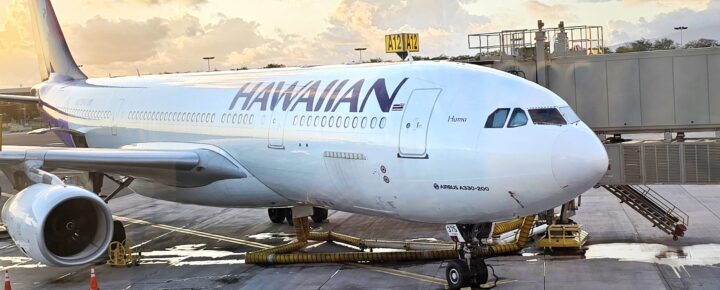
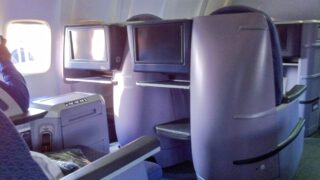
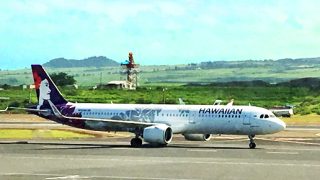
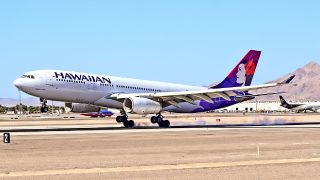
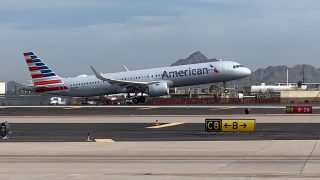
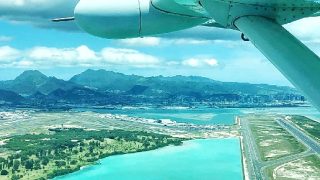
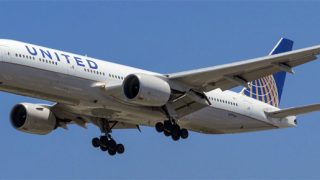
“Some travelers interviewed expressed frustration over the delay… ”
These are the people who don’t belong in the flying public. Safety Always comes first over your travel plans. I’d never complain or be “frustrated” about delays due to safety issues.
Deacceleration? Try doing that in a chopper running full bore into the side of hill… Not fun… Flight crew did exactly what they should have. Kudos to them.
Been there, Done that…
Many years ago I was on a fully loaded 747 when I experienced an aborted takeoff. It was very scary, especially since my husband was very familiar with the airport and decided to tell me we were almost out of runway.
We found out later it was a faulty warning light, but we were still delayed hours because multiple tires had to be changed. When we finally reboarded I estimate about a third of the passengers had found other transportation.
This was back in the early 90s, when smoking was still allowed on planes. I don’t think we were 6 inches off the ground before you heard the click of lighters in the back of the plane. When I turned around to look all I could see was a cloud!
I hope Alaska Airlines understands, Hawaiian Airlines crews & equipment are some of the finest in the business. Mahalo, Hawaiian Airlines for maintaining safety as goal #1!
Huge respect for Hawaiian Airlines. They always handle things calmly and with care. Safety first, always. I’ll surely miss them going forward.
Adding this to my long list of reasons I always pack snacks and patience when flying to Hawaii. These are things that always happen to me.
This just shows how important those split-second decisions are in aviation. Trust your pilots. They are incredible pros.
Wow. I’ve flown that same LAX to Maui route so many times and never thought about what happens if something goes wrong before takeoff. Good work Hawaiian.
I can only imagine what that must have felt like sitting on the plane when it suddenly slammed to a stop. That’s not something you forget quickly.